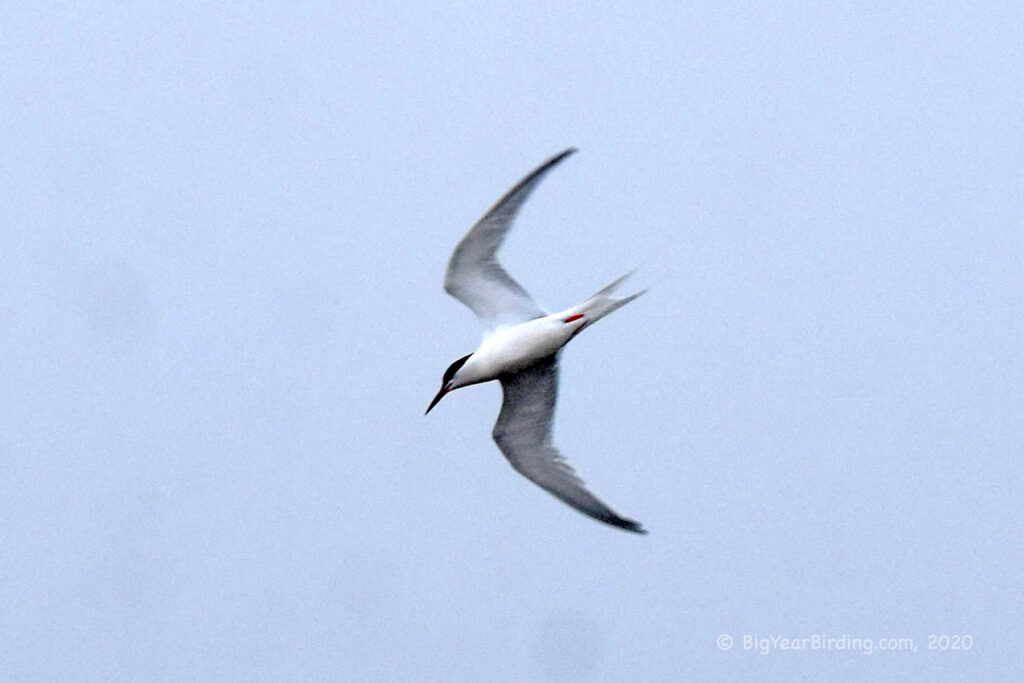The Roseate Tern (Sterna dougallii) is a beautiful and graceful seabird that belongs to the family Laridae. This elegant bird measures about 14-15 inches in length with a wingspan of approximately 27-28 inches. Roseate Terns weigh around 2.5-3.5 ounces, making them one of the smallest terns in North America.

One of the most distinguishing features of the Roseate Tern is its striking rosy pink breast and underparts. During breeding season, the adults also have a black cap on their head, which contrasts beautifully with their white forehead and nape. Another characteristic feature is their long, pointed wings and forked tail. In non-breeding plumage, the black cap disappears, and their underparts become a duller grayish-white.
Roseate Terns breed along the Atlantic coast from Nova Scotia to Virginia and spend winters in the Caribbean, northern South America, and West Africa. They undertake an impressive migration journey of up to 12,000 miles each way. The terns begin to migrate south in late summer and return north to their breeding grounds in April or May.
These terns prefer to nest on sandy beaches, dunes, and rocky islands, where they lay one to three eggs per clutch. They feed on small fish and invertebrates, which they catch by plunge-diving into the water from the air.
Unfortunately, the Roseate Tern population has declined significantly in recent years due to habitat loss and predation by invasive species like feral cats and rats. Conservation efforts are underway to protect their breeding and wintering grounds, reduce predation, and raise awareness about the importance of preserving this species.

In summary, the Roseate Tern is a beautiful and fascinating seabird with striking rosy pink plumage and a distinctive long, pointed wingspan. They undertake a remarkable migration journey and breed along the Atlantic coast of North America. Conservation efforts are crucial to ensure the survival of this species and their vital role in the ecosystem.


